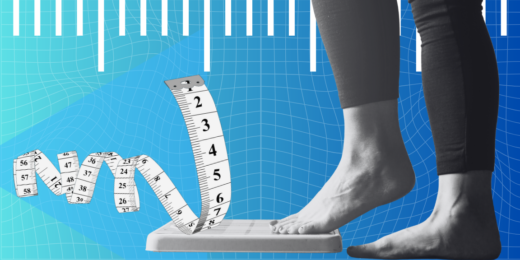On one of my first days on the labor and delivery ward, one of the attending obstetricians asked me what area of medicine I was interested in. When I said that I was applying into neurology this year, she said, “Ah! The other end of the body!” After a pause, she continued, “Well, this rotation will be… different.”
It wasn’t the first, or last, time I had heard a similar refrain during my rotation on ob-gyn. After all, performing pelvic exams, delivering babies, and counseling patients on birth control is a major contrast from checking reflexes and interpreting MRI scans.
As I’ve written about before, one of the most exciting parts of the clinical years of med school is the huge variety of rotations that we experience, each of which brings a completely new set of both challenges and rewards. At the beginning of third year, with the entire world of medicine still open to us, experiencing this wide range of rotations allows us to discover our interests, learn about ourselves, and imagine a variety of potential future careers. By the time we're applying for residency during fourth year, however, it becomes all too easy to look ahead to the next step. Fourth-year rotations, such as my recent one in ob-gyn, tend to take on a different, more perfunctory flavor.
So, with that being said, what good is having a committed future neurologist rotate through ob-gyn? One argument is that there are areas of overlap between our different specialties. As one example, neurologists often taken care of babies in the NICU who are premature and suffer neurological complications as a result of being born too soon; having some experience with the prenatal course of these babies is critical in caring for them. Many anti-seizure medications can interact with oral birth control pills, so being comfortable with discussing appropriate options for contraception is a vital skill. Finally, in an extreme case, I’ve heard stories of doctors being called forward to babies on an airplane, a situation that would surely terrify any neurologist.
Realistically, though, there was quite a bit of knowledge gained on this rotation (as with much of medical school) that I'll probably never use in the rest of my medical career. But perhaps surprisingly, I ended up being completely okay with that, because my experiences went far beyond practical knowledge alone.
It was the physical and emotional intensity of labor and delivery that will stay with me: the apparent pain of labor, the anticipation of delivering, and the ever-present fear of complications. I'll never forget how the face of one mother-to-be who had dangerous bleeding during labor turned from a picture of anxiety and fear to one showing tears of pure joy after her newborn son entered the world. I'll also never forget the sensation of my own middle-of-the-night adrenaline, giving way to relief shortly after delivery. Moments like those are a reminder that, as medical students, we have an incredible and unique window into the most intimate moments of peoples’ lives – quite literally from birth until death. Now that I feel like I’ve seen “everything," there is nothing left that will be able to stand in my way.
In the end, my attending was absolutely right: Labor and delivery was… different. Sometimes, though, we all need to experience something a little different. “Surviving” ob-gyn – delivering babies and all – will be a longtime point of pride and may just have made me a slightly better future neurologist along the way.
Stanford Medicine Unplugged is a forum for students to chronicle their experiences in medical school. The student-penned entries appear on Scope once a week during the academic year; the entire blog series can be found in the Stanford Medicine Unplugged category.
Nathaniel Fleming is a fourth-year medical student and a native Oregonian. His interests include health policy and clinical research.
Photo by rawpixel




